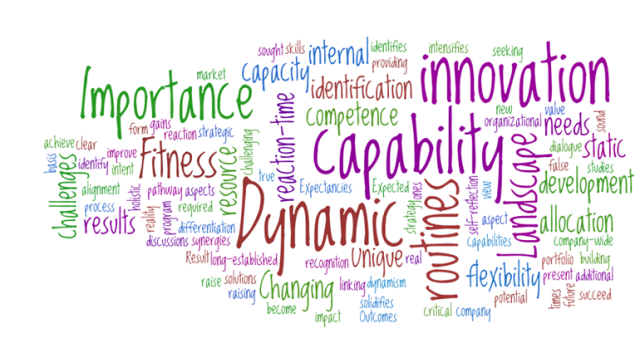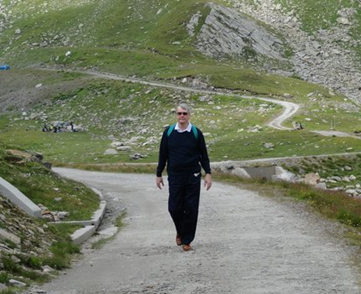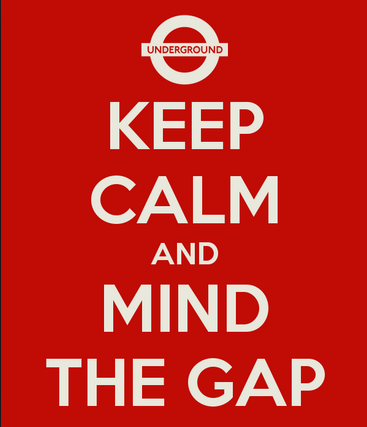Last week I made a complete ‘hash’ of explaining innovation capital. I made a set of basic mistakes in my preparation and my delivery. I allowed for little discussion and debate and I just ‘blasted’ on regardless. I’ve been standing in the innovation ‘sins’ corner most of this week.
I can honestly say I don’t feel so good about this failure at the moment and I thought a more public ‘confession’ was in order. I will also let the ones that suffered from this also know how I feel.I made such a simple set of basic mistakes. I’m still asking myself why and have been slowly working through it to get to the bottom of my ‘aberration’ moment. Let me share some of this with you as learning from failure is as important as celebrating success.
The story could easily go……”well it was simply one of those days…to much coffee beforehand, being distracted by other issues……” No, those should simply not happen. Somehow I forgot some basics and then some more but I’m certainly never too old to (re)learn and own up to this.
Let me explain, I was asked my opinion in a thirty minute exchange on innovation capital. It was not my finest thirty minutes. Continue reading “Failing to explain innovation capital”


